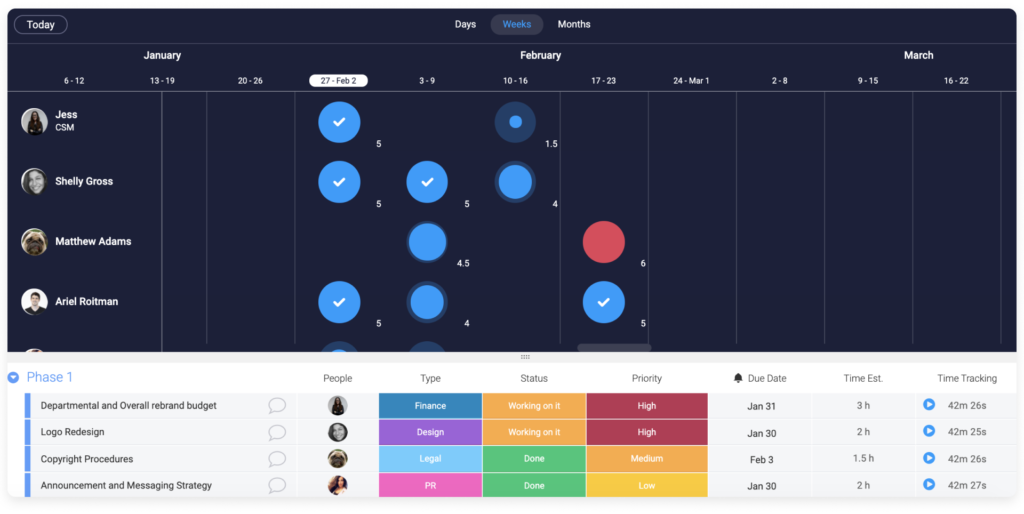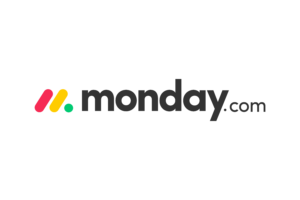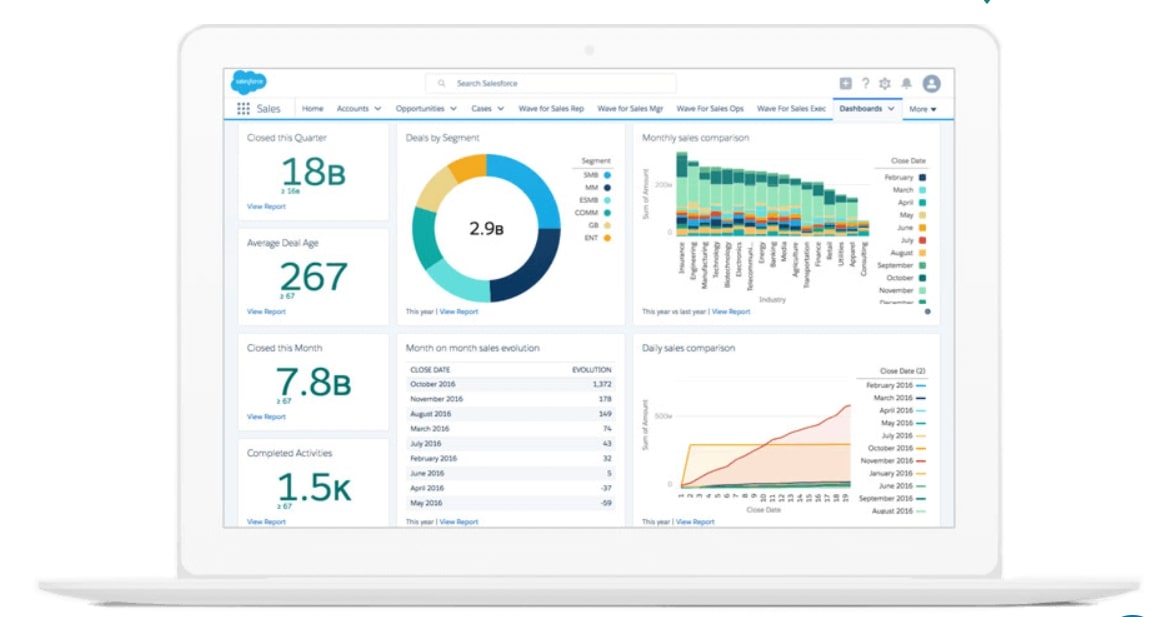Effective resource management is crucial for the success of any organization. It’s the process of planning, allocating, and utilizing resources to achieve business goals.
With today’s fast-paced business environment, mastering the art of resource management is more important than ever.
In this article, we’ll dive into the key elements of resource management and provide practical tips for maximizing efficiency and productivity. Whether you’re an experienced manager or just starting out, these insights will help you optimize your operations, reduce waste, and achieve your goals faster.
What is Resource Management
Resource management is the process of planning, allocating, and utilizing resources to achieve business goals. It involves identifying the resources required to achieve the organization’s objectives, determining the best way to allocate them, and ensuring that they are used effectively to achieve the desired outcomes.

Resources can include time, money, human capital, technology, equipment, and other assets. Effective resource management is critical to the success of any organization as it enables businesses to optimize their resources, reduce waste, and increase productivity.
Importance of Resource Management
Effective resource management is crucial for the success of any organization. It enables businesses to optimize their resources, reduce waste, and increase productivity. Key reasons why resource management is important include:
- Enables businesses to optimize their resources, reduce waste, and increase productivity.
- Essential to ensure that resources are allocated in the right way.
- Without proper planning, organizations can end up wasting resources or not using them effectively, which can impact their productivity and competitiveness.
- Effective resource management has several benefits for organizations, including increased efficiency, cost savings, improved quality, and better decision making.
What are the 3 types of resource management?
Human Resource Management
Effective human resource management is the backbone of any successful organization. Your employees are the driving force behind your business, and without them, achieving your objectives can be a daunting task. That’s why it’s crucial to ensure that your workforce is well-trained, motivated, and satisfied with their work.

By investing in your employees, you can unlock their full potential and achieve increased efficiency, productivity, and overall success.
So don’t neglect your most valuable asset! Prioritize effective human resource management and watch your organization thrive.
👉 You can use HR Management Software to optimize efficiency. See our list of the best HR management software here.
Financial Resource Management
Managing financial resources is crucial for achieving business objectives. By effectively budgeting, forecasting, managing cash flow, and reporting finances, an organization can make informed decisions about investments and expenditures.

Without proper financial planning, an organization risks wasting resources or not using them effectively, which can impact productivity and competitiveness. By mastering financial resource management, organizations can optimize their resources, reduce waste, and increase profitability.
Physical Resource Management
Effective physical resource management enables organizations to maintain their physical assets, such as land and equipment, optimize the use of their resources, ensure operational efficiency, and reduce costs. Well-maintained physical assets lead to increased efficiency and productivity, contributing to the overall success of the organization.

Sustainable practices such as reducing energy consumption, minimizing waste, and using eco-friendly materials can also save on costs in the long run.
Benefits of Effective Resource Management
Effective resource management has several benefits for organizations, including:
- Increased Efficiency: By managing resources effectively, organizations can optimize their operations and reduce waste. This leads to increased efficiency and productivity, enabling organizations to achieve their goals faster.
- Cost Savings: Effective resource management can also lead to significant cost savings. By minimizing waste and optimizing resource utilization, organizations can reduce their expenses and improve their bottom line.
- Improved Quality: Effective resource management can also improve the quality of work produced by an organization. By allocating resources effectively and monitoring their usage, organizations can ensure that work is completed to a high standard and meets the required specifications.
- Better Decision Making: Effective resource management enables organizations to make better decisions. By having a clear understanding of their resources and how they are being used, organizations can make informed decisions about their operations and strategies.
Key Elements of Resource Management
Resource management involves several key elements, including:
Resource Planning
The first step in effective resource management is planning. This involves identifying the resources required to achieve the organization’s goals and determining the best way to allocate them. Resource planning should be done in a structured and systematic way, taking into account the organization’s objectives, budget, and timelines.
Planning is essential to ensure that resources are allocated in the right way. Without proper planning, organizations can end up wasting resources or not using them effectively, which can impact their productivity and competitiveness.
👉 Learn more about Resource Planning here.
Resource Allocation
Once the resources have been identified and planned, the next step is to allocate them effectively. This involves assigning resources to specific tasks or projects based on their availability, skills, and expertise. It is important to ensure that resources are allocated in a way that maximizes efficiency and minimizes waste.
Effective allocation of resources requires an understanding of the organization’s goals and objectives. It’s important to assign resources to the most critical tasks first and ensure that they are used effectively to achieve the desired outcomes.
👉 Learn more about Resource Allocation here.
Resource Utilization
Utilization refers to the effective use of resources. This involves ensuring that resources are used in the most efficient way possible to achieve the desired outcomes. It is important to monitor resource utilization regularly and make adjustments as needed to optimize performance.
Optimizing resource utilization is crucial to achieving maximum efficiency and productivity. This involves using the right resources for the right tasks and making sure that they are not wasted.
Resource Monitoring
Monitoring is a crucial component of resource management. It involves tracking resource usage, identifying bottlenecks and inefficiencies, and making adjustments to improve performance. Regular monitoring enables organizations to identify potential issues early and take corrective action to prevent them from escalating.
Monitoring is important to ensure that resources are being used effectively and efficiently. By identifying bottlenecks and inefficiencies, organizations can make changes to improve their performance and achieve their objectives.
Resource Management Techniques
| Technique | Description | Key Benefits |
|---|---|---|
| Agile Resource Management | Flexible planning, allocation, and utilization of resources to respond to changing business needs | Improved responsiveness, reduced waste, increased efficiency |
| Lean Resource Management | Minimizing waste and maximizing value by optimizing resource usage | Reduced costs, increased efficiency, improved performance |
| Critical Chain Project Management | Identifying and managing the critical resources required to complete a project | Reduced resource bottlenecks, improved project efficiency |
| Resource Leveling | Optimizing resource allocation to achieve a balanced workload across the organization | Prevents resource overallocation and underutilization, optimized resource usage |
| Resource Smoothing | Optimizing resource allocation to achieve a consistent workload across the organization | Prevents resource spikes and dips, optimized resource usage |
All of these techniques involve optimizing resource usage to improve efficiency and productivity. Agile resource management and critical chain project management focus on managing resources in response to changing circumstances, while lean resource management aims to minimize waste and maximize value. Resource leveling and resource smoothing both involve optimizing resource allocation to achieve a balanced or consistent workload.
We’ll go into a bit more details below.
Agile Resource Management
Agile resource management is a technique that involves flexible planning, allocation, and utilization of resources to respond to changing business needs. This approach enables organizations to adapt quickly to changing circumstances and optimize their resources to achieve their goals.
Agile resource management involves breaking down projects into smaller, manageable tasks and assigning resources based on their availability and expertise. It also involves regular monitoring and adjustment of resource usage to ensure that they are being used effectively.
By adopting agile resource management techniques, organizations can improve their responsiveness, reduce waste, and achieve their goals more efficiently.
Lean Resource Management
Lean resource management is a technique that involves minimizing waste and maximizing value by optimizing resource usage. This approach aims to streamline operations and eliminate inefficiencies to achieve maximum productivity with minimal resources.
Lean resource management involves identifying and eliminating waste in all areas of the organization, from process inefficiencies to excess inventory. This approach requires a continuous improvement mindset and a commitment to ongoing optimization.
By adopting lean resource management techniques, organizations can reduce costs, increase efficiency, and improve overall performance.
Critical Chain Project Management
Critical chain project management is a technique that involves identifying and managing the critical resources required to complete a project. This approach involves identifying the key resources required for each task in the project and ensuring that they are available when needed.
Critical chain project management aims to eliminate resource bottlenecks and improve overall project efficiency. By focusing on critical resources, this approach enables organizations to complete projects faster and with fewer resources.
Resource Leveling
Resource leveling is a technique that involves optimizing resource allocation to achieve a balanced workload across the organization. This approach involves analyzing resource usage across the organization and making adjustments to ensure that resources are allocated evenly.
Resource leveling aims to prevent resource overallocation and underutilization, which can lead to inefficiencies and reduced productivity. By achieving a balanced workload, organizations can optimize resource usage and improve overall performance.
Resource Smoothing
Resource smoothing is a technique that involves optimizing resource allocation to achieve a consistent workload across the organization. This approach involves analyzing resource usage across the organization and making adjustments to ensure that resources are allocated consistently over time.
Resource smoothing aims to prevent resource spikes and dips, which can lead to inefficiencies and reduced productivity. By achieving a consistent workload, organizations can optimize resource usage and improve overall performance.
Practical Tips for Resource Management
Here are some practical tips for effective resource management:
- Prioritize Resources: Organize resources based on their relevance and importance to the organization’s goals. By doing so, the most important resources are allocated first, and they are used effectively to achieve the desired outcomes.
- Use Resource Management Tools: Resource management tools help organizations manage resources effectively. These tools assist with resource planning, allocation, utilization, and monitoring, making it easier to optimize resource usage and improve performance.
- Communicate Effectively: Effective communication is essential for resource management. Everyone involved in the resource management process should understand their roles and responsibilities, as well as the goals and objectives of the organization.
- Monitor Performance: Regular monitoring of resource usage and performance is crucial for effective resource management. By monitoring performance, organizations can identify potential issues early and take corrective action to prevent them from escalating.
- Embrace Technology: Technology can play a significant role in resource management. Automated workflows and AI-powered analytics assist organizations in optimizing their resource usage and improving performance.
Resource Management Tools
Resource management tools can help organizations optimize their operations, reduce waste, and increase productivity. These tools provide valuable insights into resource usage and performance, enabling organizations to make informed decisions, save costs, and increase accountability.

Here are 10 resource management tools:
- Monday.com: monday.com can be used for resource management by allowing teams to plan and allocate resources effectively. It offers a user-friendly interface for project and team management, with powerful collaboration and reporting features. This platform can help teams optimize resource utilization and improve overall performance.
- ClickUp: ClickUp helps in resource management by providing a wide range of features for task management, project planning, and team collaboration. The platform includes custom fields and templates, workload management, and time tracking, all of which can help teams manage resources more effectively.
- Resource Guru: Resource Guru is a resource management tool that is useful for managing resources such as people, equipment, and facilities. It offers a clear overview of resource availability and can help teams avoid overbooking or underutilizing resources. Resource Guru can provide insight into the availability of resources and help teams plan and allocate them effectively.
- Wrike: Wrike is a powerful project management platform that is useful for resource management. It includes features for collaboration, reporting, and automation, as well as resource management functionalities such as workload management, resource allocation, and time tracking. Wrike can help teams optimize resource utilization and improve overall performance.
- Smartsheet: Smartsheet is a cloud-based platform for managing work and automating processes with a focus on collaboration and reporting. It includes features for resource management such as resource allocation, time tracking, and workload management. Smartsheet can help teams optimize resource utilization and improve overall performance.
- Asana: Asana is a project management tool that is useful for resource management. It includes features for task management, team collaboration, and reporting, as well as resource management functionalities such as workload management, resource allocation, and time tracking. Asana can help teams optimize resource utilization and improve overall performance.
- Trello: Trello is a visual collaboration tool that is useful for organizing tasks and projects. It includes features for task management, team collaboration, and reporting. While Trello does not have many resource management functionalities, it can still be useful for managing resources by providing a clear overview of tasks and deadlines.
- Airtable: Airtable is a cloud-based database and project management tool with a focus on collaboration and customization. It includes features for resource management such as resource allocation, time tracking, and workload management. Airtable can help teams optimize resource utilization and improve overall performance.
- Mavenlink: Mavenlink is a project management platform that includes features for resource planning, time tracking, and financial management. It can help teams improve project profitability by optimizing resource utilization and improving overall performance.
- Planview AdaptiveWork: it is a project management tool that includes features for collaboration, resource management, and reporting. It can help teams optimize resource utilization and improve overall performance by providing insights into resource availability and workload management.
These tools offer a range of features to help with resource planning, allocation, utilization, and monitoring.
Monday.com is particularly noteworthy for its user-friendly interface and customizable workflows, while ClickUp is known for its powerful project management capabilities.
Resource Guru is a great option for resource scheduling, and Wrike offers robust collaboration and reporting features. Smartsheet is a popular choice for its automation and integration capabilities.
👉 Take a look at the best project management software here.
👉 Read our guide to project management software.
Conclusion
Effective resource management is critical to the success of any organization. By planning, allocating, and utilizing resources effectively, organizations can optimize their operations, reduce waste, and increase productivity. With the right tools and strategies in place, any organization can master the art of resource management and achieve its goals faster and more efficiently.






